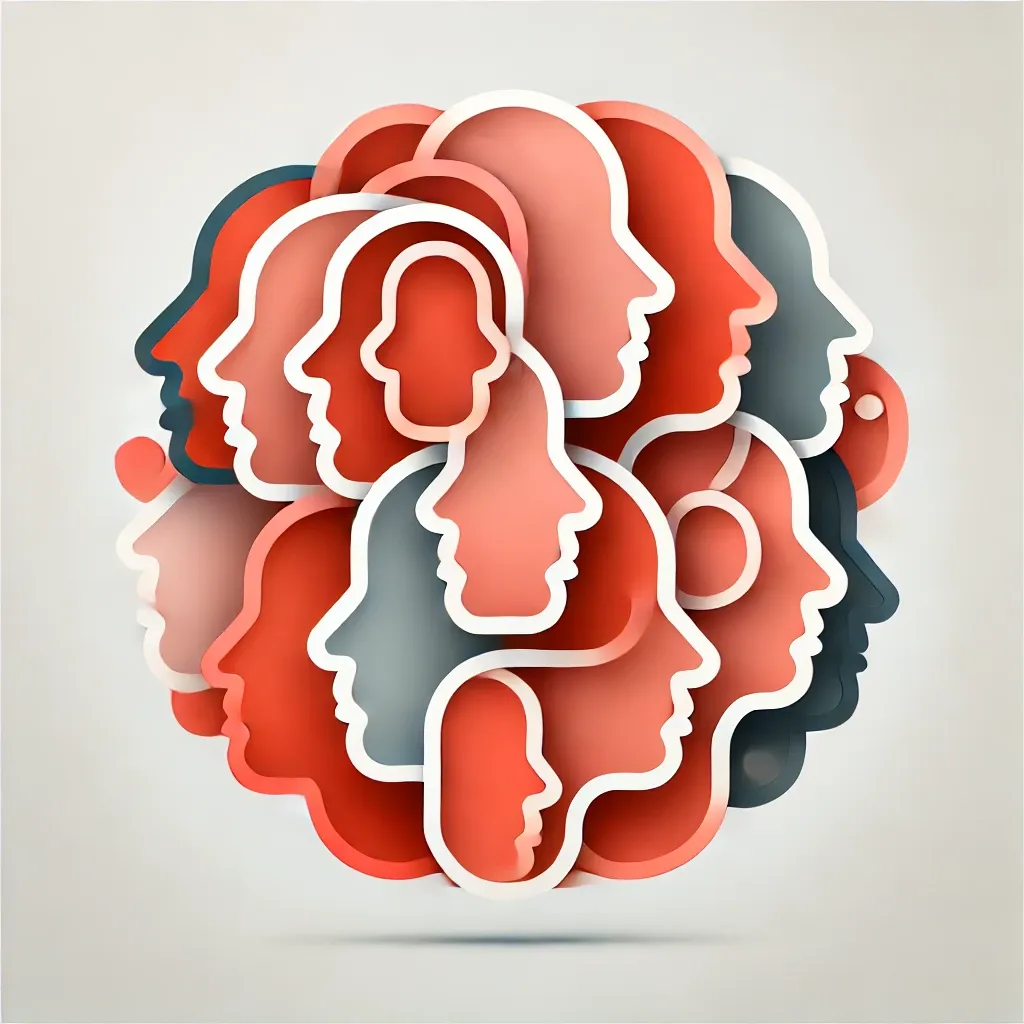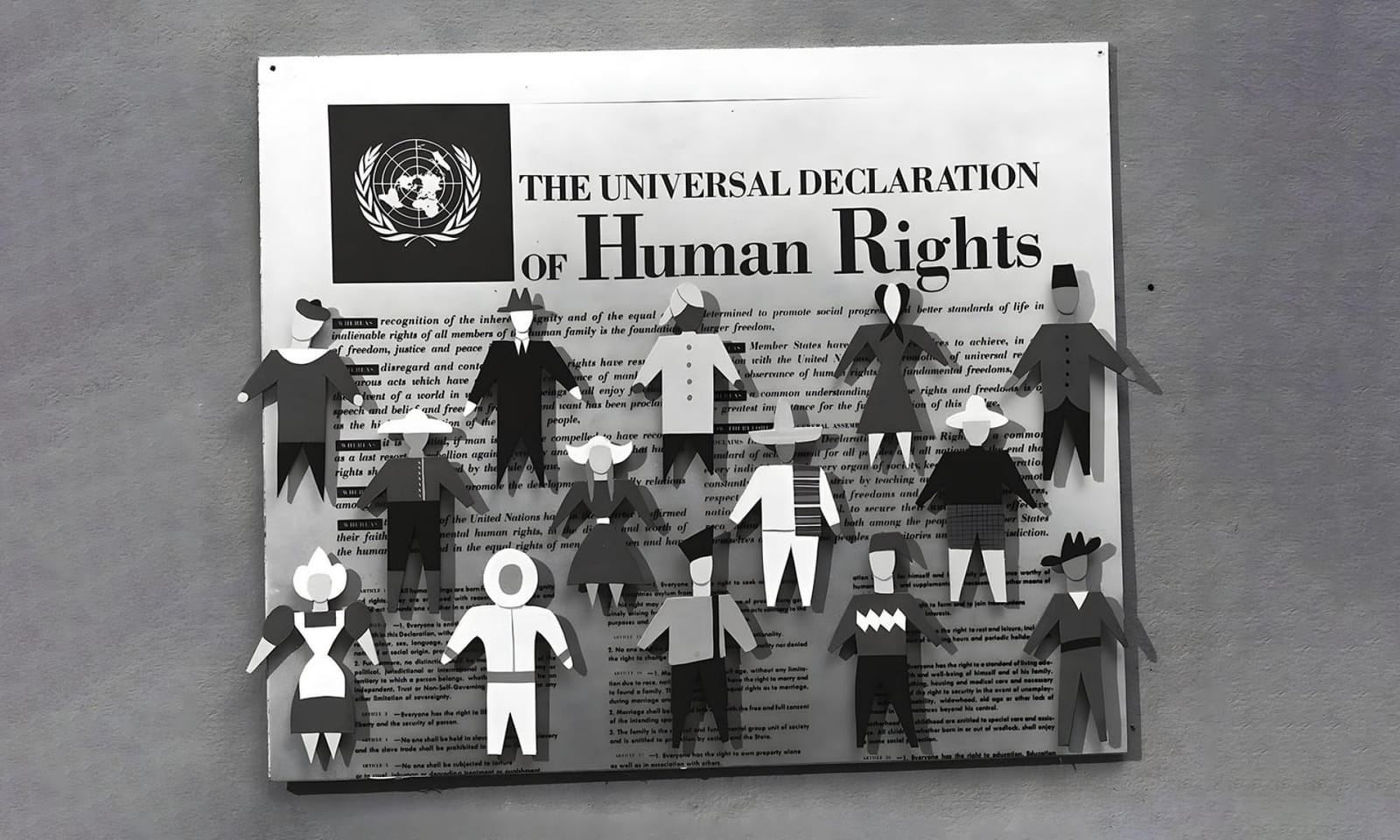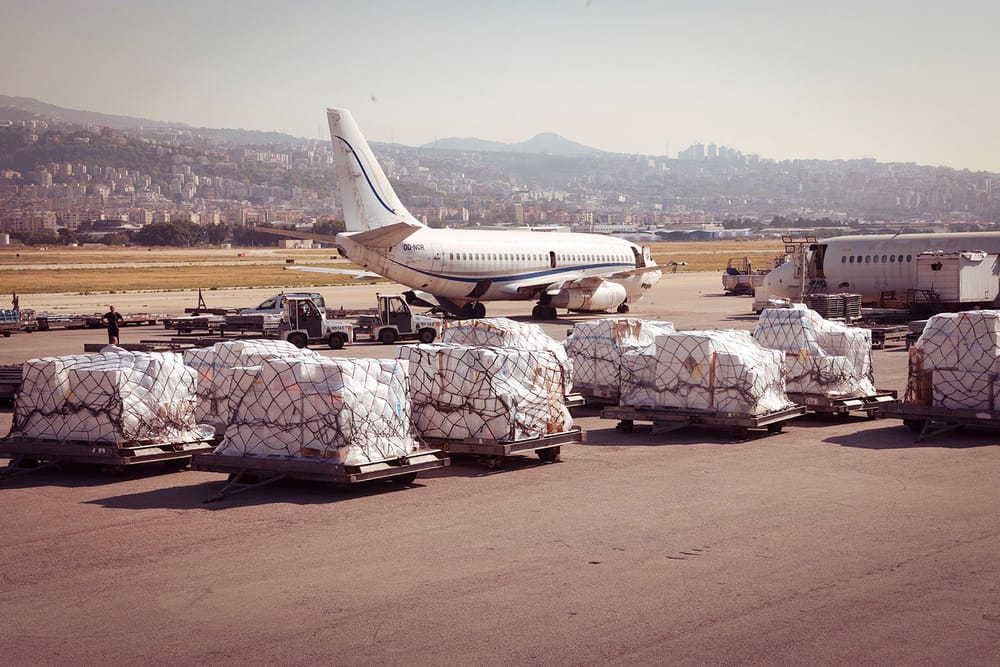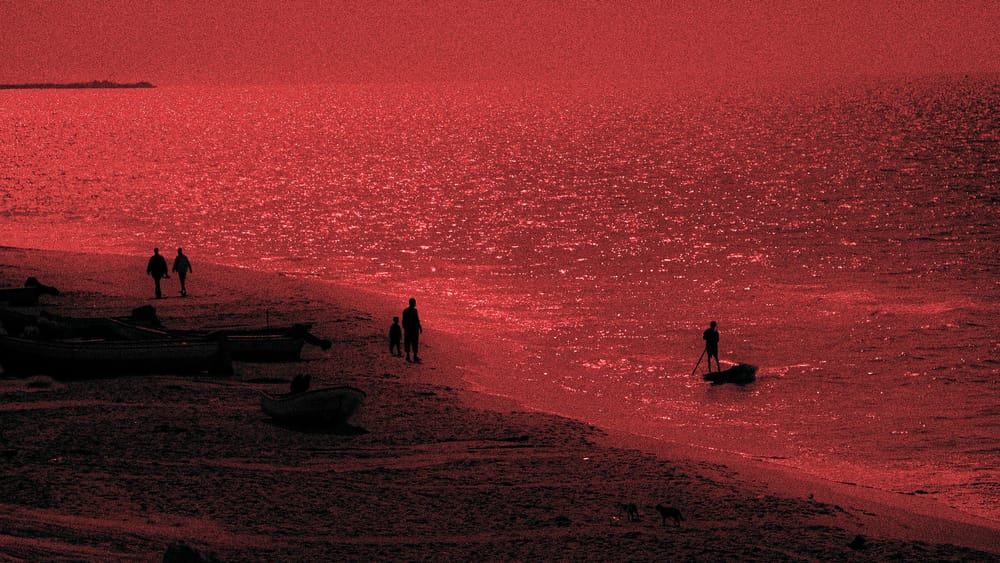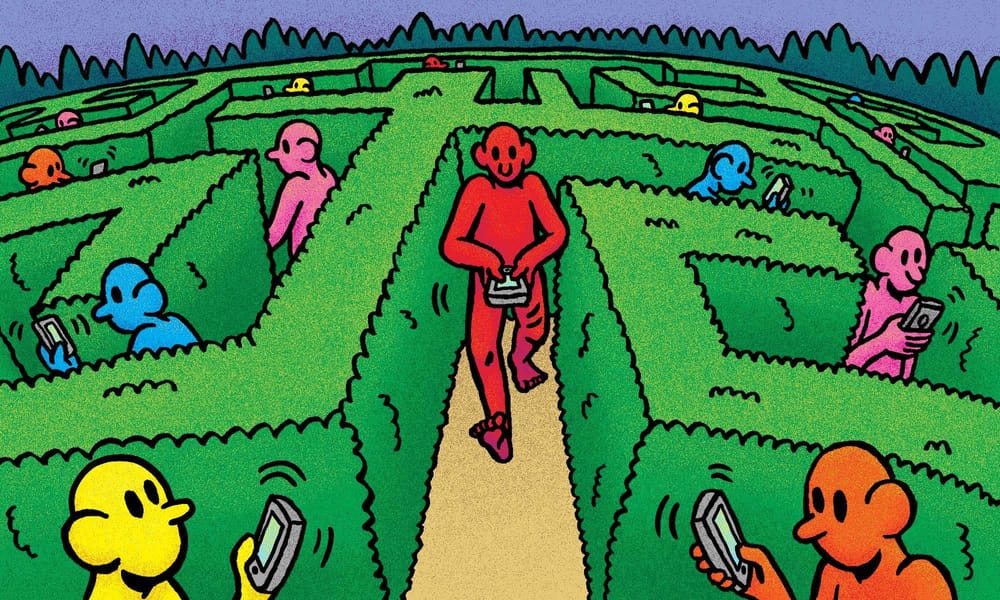Do you know your rights? Who has a duty to make sure you enjoy those rights?
On first examination, human rights and the structures used to uphold these agreements may seem more like symbolic goals than tangible aims. Furthermore, if human rights are intended to guide our progress toward a more just world, how much progress has really been made?
The Lovepost examines the Universal Declaration of Human Rights (UDHR) and related agreements, as well as the frameworks and lattice of laws which attempt to uphold these principles. Aotearoa New Zealand is highlighted as a case study to understand how domestic laws and actors make rights a reality. Finally, we explore the perspectives of Eric Posner, a law professor at the Chicago University Law School, and Kenneth Roth, a pragmatic field practitioner and the former Executive Director of Human Rights Watch. They offer divergent views on the efficacy of human rights and their applicability in today’s world.
The global vision and instruments of human rights
What exactly is a human right? The United Nations describes five qualities of our rights as humans. Rights are inherent, universal, inalienable, indivisible and interdependent. They are not favours awarded by a state; every human being is entitled to all of these rights and they should not be taken away except in specific instances. Often, one set of rights can only be fulfilled when another set of rights is ensured and achieved. For example, the right to health (one right) may depend on access to clean water (another right) and adequate housing (another right). Without these basic necessities, the right to health may be compromised.
Some human rights have their origins in the 18th and 19th centuries. These are called first-generation human rights. The Council of Europe website explains:
It had begun to be recognised that there were certain things that the all-powerful rulers should not be able to do and that people should have some influence over the policies that affected them. The two central ideas were those of personal liberty, and of protecting the individual against violations by the state.
The first comprehensive modern agreement of rights is the Universal Declaration of Human Rights or UDHR, which was agreed upon at the General Assembly of the United Nations (UN) on 10 December 1948. There are 30 rights in this document that span civil, political, economic, social and cultural goals for UN members to aspire to. The first aim of the declaration was for member countries to promote and respect the possibility of these rights in their countries through teaching and education. Many supporting declarations and treaties followed to facilitate that work. To ensure civil and political rights (first-generation rights), the International Covenant on Civil and Political Rights (ICCPR) was signed in 1966 and the European Convention for the Protection of Human Rights and Fundamental Freedoms (ECHR) was agreed to in 1953.
Second-generation human rights emerged from concern over the quality of life enjoyed by the growing working class. Second-generation rights oblige each state to ensure that its citizens have access to economic and social resources and opportunities, so they can live a dignified life. Some examples of these rights include the right to an education, a family, adequate housing, a pension if needed and equal protection under law regardless of one’s cultural background. Two international treaties ensured that these economic, cultural and social human rights could be fulfilled. These are the International Covenant on Economic, Social and Cultural Rights (ICESCR) of 1966 and the European Social Charter of the Council of Europe of 1961.
Finally, there are third-generation rights. These rights recognise that states’ efforts to achieve first- and second-generation rights are impeded by extreme poverty, war and ecological and natural disasters. The Council of Europe explains that third-generation rights are about “solidarity . . . [they] embrace collective rights of society or peoples, such as the right to sustainable development, to peace or to a healthy environment.”
Third-generation rights also consider the influence and impact of the private sector. The relative standing of third-generation rights remains a subject of debate (see part 2 of The Lovepost’s conversation on how rights work). Some examples of agreements made to realise third-generation human rights are the African Charter on Human and Peoples' Rights of 1981 and the Declaration on the Rights of Indigenous Peoples of 2007.
International human rights organisations
Swiss businessman Henri Dunant witnessed the suffering caused by the Battle of Solferino in 1859. Deeply shaken, Dunant proposed the concept of humanitarian aid in war. Dunant co-founded the Red Cross organisation, which has become the formal guardian of International Humanitarian Law. The International Committee of the Red Cross describes Dunant’s principles:
The first was to declare army medical services neutral and give them a distinctive emblem so that they could function on the battlefield. This was the fountainhead of international humanitarian law. The second was to form, in peacetime, voluntary relief societies to act as auxiliaries to army medical services in times of war. This was the origin of the Red Cross Movement.
The International Committees of the Red Cross movement (ICRC) now operates worldwide and focuses on four principles: helping people affected by war and armed conflict, promoting the rule of law to protect victims of war, responding to disasters, and responding quickly—which is often vital to limiting human suffering.
While the ICRC occupies a special, formal place in the rights paradigm, many human rights non-governmental organisations (NGOs) monitor and report on human rights issues and accountability.
Amnesty International was established in 1961 after British lawyer Peter Benenson wrote a damning article on the imprisonment of two Portuguese students. He started a campaign for their release, which resulted in worldwide coverage of the issue and international support. Since then, Amnesty International has worked to free political prisoners and expose human rights violations in countries around the world by building public support and solidarity for multi-media calls for justice. Peter Benenson described Amnesty’s mission:
Only when the last prisoner of conscience has been freed, when the last torture chamber has been closed, when the United Nations Universal Declaration of Human Rights is a reality for the world’s people, will our work be done.
Today, Amnesty International is “the world’s largest grassroots human rights organisation, with more than one million members, supporters and donors in more than 140 countries and territories.” Campaigners around the globe employ petitions, letters and protests to compel governments to initiate change.
Human Rights Watch (originally Helsinki Watch) was established in 1978 to support local citizen groups in the Soviet Union and Eastern Europe by “publicly ‘naming and shaming’ abusive governments through media coverage and through direct exchanges with policymakers.” By exposing human rights violations, Helenski Watch was successful in aiding the transformation of these countries’ democratic systems in the 1980s.
As a result, other countries started branches of the Watch organisation until 1988, when it adopted the all-inclusive name and approach of Human Rights Watch. The organisation describes its work:
Our researchers work in the field in 100 some countries, uncovering facts that create an undeniable record of human rights abuses. We tell the stories of what we found, sharing them with millions of social media and online followers each day. News media often report on our investigations, furthering our reach. We meet with governments, the United Nations, rebel groups, corporations, and others to see that policy is changed, laws are enforced, and justice is served.
Amnesty International and Human Rights Watch are among the most influential of many human rights NGOs.
National implementation: a New Zealand case study
In order to make rights real, each UN member state must draft its own human rights legislation and establish its own institutions.
New Zealand has agreed to seven core human rights instruments, although not to the International Convention on the Protection of Rights of All Migrant Workers and Members of Their Families (CMW) or the International Convention for the Protection of All Persons from Enforced Disappearance (CED).
Notably, New Zealand was among the four countries that opposed the 2007 Declaration on the Rights of Indigenous Peoples, although it has since been embraced by the government. Australia, Canada and the United States also opposed this declaration.
Being a signatory means that:
...the State must refrain from actions that interfere with or curtail the enjoyment of human rights, protect individuals and groups against human rights abuses and take positive action to facilitate the enjoyment of basic human rights.
The New Zealand Bill of Rights Act 1990 and the Human Rights Act 1993 brought those agreements into national law.
The New Zealand Bill of Rights reflects New Zealand’s commitment to the UDHR and the International Covenant of Civil and Political Rights (ICCPR). The New Zealand Bill of Rights Act enshrines the following rights in law: the right to life and security of the person, the right to political participation, the rights of free expression, association, religion and thought; the right to be free from discrimination, the right to enjoy a minority culture, and many rights related to the criminal justice system.
The Bill of Rights Act outlines standards for government and official actions and requires the evaluation of any new laws being put forward to parliament. It also requires that any breaches of rights must be justified by the government. This is a measure to keep citizens’ rights and the balance of power in check. If a public figure or organisation breaches someone’s rights, the affected person can take them to the High Court.
However, the New Zealand Bill of Rights does have limitations, especially in terms of second- and third-generation rights. The Royal Commission of Inquiry into the Terrorist Attack on Christchurch Mosques on 15 March 2019 listed some:
Notably absent from the New Zealand Bill of Rights Act are economic, social and cultural rights (such as the right to education, the right to housing and the right to social welfare). Also absent are the right to privacy, the right to property and third-generation rights such as the right to a clean environment.
The second core piece of national human rights legislation, the Human Rights Act, reflects New Zealand’s commitment to the UDHR, the International Covenant of Civil and Political Rights (ICCPR) and the International Covenant of Economic, Social and Cultural Rights (ICESCR). The Act prohibits discrimination on the basis of “sex (including pregnancy and childbirth), marital status, religious belief, ethical belief, colour, race, ethnic or national origin (including nationality or citizenship), disability, age, political opinion, employment status, family status and sexual orientation.”
The Human Rights Act has been criticised for overlooking protection from discrimination on the grounds of language, type of employment, social origin or social class. Another clear discrepancy in this legislation is the higher obligation it places on the public sector compared with the private sector to protect human rights.
Who is responsible for ensuring that our human rights are observed? Many specialist public institutions, including the Human Rights Commission, the Office of the Ombudsman, the Privacy Commissioner, the Children’s Commissioner and the Independent Police Conduct Authority have been created to ensure the government, and services affiliated with the government, work in good conduct. These institutions have the authority to assess and deal with breaches of citizens’ rights.
One of these essential institutions, Te Kāhui Tika Tangata – New Zealand Human Rights Commission, has been highly visible over the last few years. The Chief Commissioner of Human Rights, Paul Hunt, joined The Lovepost for an extended discussion of the Commission’s work and controversy. Hunt has advocated on behalf of groups who believe their human rights have been violated. The Commission has released a report damning the conditions of emergency housing for homeless New Zealanders. In 2022, Hunt engaged with and listened to protesters during the vaccine mandate protests in Wellington. He also spoke with New Zealand’s largest gang, the Mongrel Mob, about social inclusion.
The Office of the Ombudsman is responsible for investigating complaints against government agencies and guiding allegations of serious wrongdoing in workplaces. As well as this, the Ombudsman is responsible for monitoring the treatment and conditions of prisoners in detention centres, elderly people in care facilities, disabled people and fostered and adopted children. The Ombudsman also has oversight of Aotearoa/New Zealand’s engagement in international development projects to ensure that they reflect the country’s human rights commitments.
The role of the Privacy Commissioner and their office illustrates how a third-generation human right has evolved over time. It governs how agencies collect, use, retain, and disclose personal information. In Aotearoa/New Zealand, the Privacy Act was amended in 2020 to reflect the need for the commissioner to respect different cultures' perspectives on privacy.
The human right to privacy is an incredibly important one to prevent abuses of power. Sinola Falefo’ou, an intern at the Privacy Commission, explains:
Privacy also regulates the relationship between those in positions of power and the individual . . . The Government and big social media platforms can collect, use, keep, and share our personal information, but the law of privacy regulates ‘how’ . . . After all, information is power, and we’ve seen what harm can come to individuals and society at large when information is misused.
The Mana Mokopuna – Children and Young People’s Commission is responsible for the rights and wellbeing of children and young people in Aotearoa/New Zealand. It is also responsible for monitoring the conditions and treatment of young people serving detention or prison sentences. The Commission is supporting the current investigation into Oranga Tamariki (Ministry for Children), after discovering inappropriate encouragement of violence between minors in an Auckland care facility.
The Independent Police Conduct Authority is the only New Zealand Police oversight body. The Authority investigates complaints made against police, especially serious allegations involving death or serious injury. It is also responsible for monitoring and responding to police misconduct in prisons and detention centres.
These offices of the state allow New Zealanders to challenge those in positions of power in society when they feel their rights have been violated. Domestic laws adopted to implement international agreements drive accountability and remedies for abuse, some of which fill the headlines and some of which take place more quietly. New Zealand’s commitment to human rights keeps power in check and elevates the voice of people whose rights are violated.
Does it work?
Debate persists on whether the human rights frameworks and treaties are effective at all, and whether they should continue to be employed. To understand one such debate, we compare the writing of Eric Posner, a law professor at the Chicago University Law School, with the views of Kenneth Roth, a pragmatic field practitioner and the former Executive Director of Human Rights Watch.
Eric Posner was the second-most cited active legal scholar in the United States in 2021. His views are pessimistic on whether the human rights treaties have been effective, and he proposes controversial ideas focusing on establishing economic growth in developing countries before establishing political rights. States should act, he says, through customised financial aid to developing countries.
Posner attributes the inefficiency of the human rights approach to a deficiency in the UDHR itself.
The Universal Declaration was not a treaty in the formal sense: no one at the time believed that it created legally binding obligations. It was not ratified by nations but approved by the general assembly, and the UN charter did not give the general assembly the power to make international law. Moreover, the rights were described in vague, aspirational terms, which could be interpreted in multiple ways, and national governments—even the liberal democracies—were wary of binding legal obligations.
In The Guardian, Posner argued that the one-size-fits-all rights approach by the UDHR is not suitable for developing countries. Developed Western countries give aid without understanding the challenges developing countries face. Developing countries’ customs or priorities differ from those of wealthier donor states:
. . . the major problem, in both cases, is that that the systems reflect a vision of good governance rooted in the common historical experiences of western countries and that prevails (albeit only approximately) in countries that enjoy wealth, security and order. There is no reason that this vision – the vision of institutionally enforced human rights – is appropriate for poor countries, with different traditions, and facing a range of challenges that belong, in the view of western countries, to the distant past.
Posner illustrates his view by pointing to China’s remarkable success in raising living standards. In the real practice of governing, Posner argues that countries like China needed to impose on the political rights of their citizens in order to focus on economic growth:
As a result of the economic reforms pursued by the Chinese government since 1981, more than 600 million people have been raised from terrible poverty to a decent middle-income existence. This was one of the greatest humanitarian achievements of all time. The Chinese government also denied political rights to its citizens, and did not hide the reason. It feared political unrest—of the sort that killed and impoverished hundreds of millions of Chinese in civil war and social turmoil through most of the 20th century . . . Human rights treaties do not recognize that rights are expensive, both financially and politically; that different types of rights are easier to respect in different types of countries; and, therefore, that the right course of action that each government should follow differs radically.
Posner’s point of view is that wealthier countries should give more financial aid without conditions and “with the understanding that helping other countries is not the same as forcing them to adopt western institutions, modes of governance, dispute-resolution systems and rights.”
Kenneth Roth is the former executive director of Human Rights Watch (one of the leading human rights organisations operating in 90 countries). He argues the opposite of Posner. Roth’s point of view is influenced by his many years of conducting human rights investigations and missions around the world, as well as writing on the subjects of international justice, the work of the United Nations and foreign policies.
Roth’s stance is that while the UDHR has not enforced a uniform legal system in all countries or stopped human rights injustices from occurring, it and other treaties have provided a framework for justice. The fact that countries agreed these rights should be upheld, and consented to a framework to hold them accountable, denotes success:
Human rights treaties help to explain why these abuses are wrong. They may not always provide definitive answers—any text requires interpretation—but they codify a widely endorsed set of principles from which the conversation can begin. Government officials . . . typically accept that the right involved is legitimate and contend that they comply. When they don’t, human rights investigations contrast their claim with the hard facts on the ground.
Kenneth Roth suggests a more nuanced view of human rights progress; although there are still violations today, the public knowledge of governments’ commitments to treaties gives local people and other groups agency to hold them accountable.
Writing in the New York Times, Roth critiqued Posner's glowing reference to China, highlighting the drawbacks of the framework focusing solely on economic growth. He goes on to explain how China is introducing more and more civil, social and political rights due to public pressure:
Even now, the lack of government accountability in China means that, despite economic advances, the Chinese people still must endure land seizures, insufferable pollution, massive corruption and arrest if they complain. That’s the problem with governments that don’t respect rights. I see rights foremost as a tool for people worldwide to hold their own governments to account. The Chinese government is not immune to that pressure. In the last couple of years, it has curbed the death penalty, abolished re-education through labor, liberalized the one-child policy and started efforts to limit the use of torture for confessions. China still has a long way to go, but if the Chinese government isn’t trying to shed its rights commitments, why should we?
It would be difficult to prove how much the establishment and implementation of human rights have contributed to creating a fairer and more peaceful world, and indeed there are differing perspectives on whether the agreements and treaties have been effective. Some critics of the human rights framework argue that other events, such as the collapse of communism, rather than human rights based treaties, incentivised eastern European countries to adopt democratic systems. Others believe that the framework of human rights has balanced out the power dynamic between the state and the local people.
New Zealand Chief Human Rights Commissioner Paul Hunt suggests that it is most useful to regard human rights as “sites of struggle”. Rights agreements delineate the work that remains between the status quo and the vision of a dignified life for all human beings.


